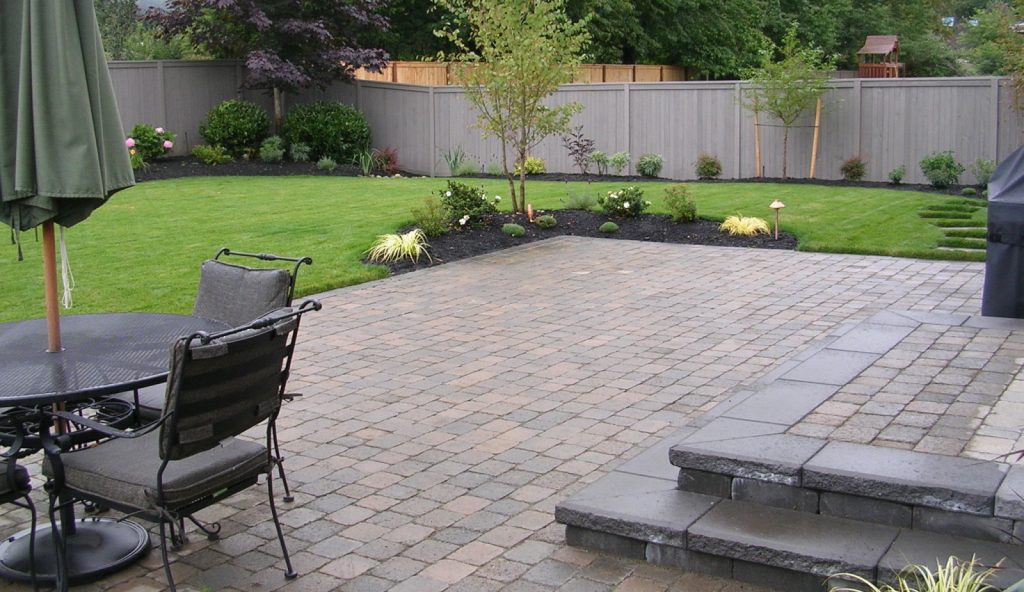You have choices on how to set up a decorative driveway, walkway or patio. The question is what works best for your environment?
When a homeowner is considering the pros and cons of how to build a new decorative driveway, patio or walkway, it might seem a situation of too many choices. Among the options are interlocking pavers, bricks, stamped concrete and natural stone.
Arguably, all have the ability to elevate a landscape above the mundane poured concrete (even though stamped concrete is that, but with a lot more flair). Prices for materials and installation vary between each material type, but anyone with an eye on long-term costs – i.e., maintenance – knows the installation price doesn’t tell the whole story.
But in simplest terms, the following per-square-foot prices give us a starting point to consider relative costs:
Brick: $14 to $20 (new bricks; salvaged bricks are considered by some to be preferred and can actually cost less)
Concrete pavers: $13 to $20
Natural stone: $14 to $28
Poured and stamped concrete: $6 to $13
With the exception of poured and stamped concrete, these choices are in relatively the same ballpark. But next consider the resilience and repair costs for each.
Brick: While fairly resilient a material, bricks crack from falling objects and sometimes from freezing. They need cleaning, particularly if laid in shaded areas, to remove moss growth. Still, repairs are inexpensive, and bricks can last 100 years or more.
Concrete pavers: Like brick, these are manufactured but unlike brick they come in a variety of shapes and colors. Also, like bricks, water drainage through and in between pavers precludes pooling and water damage. Replacing one cracked paver is easily done at low expense.
Natural stone: Sweeping and weeding (between joints) are all that is required of stone maintenance, although they can crack from stress. Some cleaning may be necessary if cooking grease from a barbecue or other dirt befall it.
Poured and stamped concrete: This is a tempting option because of price and also it’s possible to stamp any pattern and many colors on what’s essentially concrete. The biggest problem is in how the entire floor of concrete might crack from shifting earth or weight stresses. The material remains porous even after stamping and therefore absorbs other stains.
With any of these methods, skilled paver installers are all but essential for a successful long-term installation. It never hurts to ask the paver installer to view a portfolio of their work.
One exception is a choice not detailed here, gravel or “chipseal”. For a zen or English garden, much of the surface area can be made with decorative these pebbles. But as a low-cost alternative, the homeowner is essentially made responsible for raking and weeding such an installation on a regular basis.
To hazard an opinion, this writer prefers concrete pavers. They’ve proven their strength over time, don’t require environmentally challenging quarrying (as with natural stone), and provide many choices for rounding out a lovely landscape.

